The history of Madrasha education started from the period of our prophet Hazrat Muhammad (SM). It is a system whereby Islamic branches of knowledge are instructed except the teaching of general branches of knowledge. Madrashas are generally known as “religious schools”. The subjects of their teaching were the Quran, the hadith, the duties and responsibilities of a true Muslim. But now we have three different education method in Bangladesh that is Madrasha or religious education, general education, and English medium education.
History of Bangladesh Madrasah Education Board
The history of Madrasah education is very old. The origin of Bangla word Madrasha is from the Arabic Madrasha. Its meaning is a place for a study where students not only read and write but also conduct research. At first, only mosques were used for imparting teaching. After that library, academic building and residence of teachers and students were built. Ikhter Uddin Md. Bin Bakhtier Khaljee is the first person who introduced Islamic education governmentally in Bangladesh.
There are two types of Madrasahs in Bangladesh. One is known as Alia Madrasah and the other is known as Qawmi Madrasah. The first Alia Madrasah was introduced in 1780 by the British government and formed Madrasah education Board of Bengal. Madrasah Education was then started formally. According to the ordinance of the board, The Madrasah Education prescript, 1978, Madrasah Education Board approved the permission of Dakhil (S.S.C level) Alim (H.S.C level) according to the rules of Govt. Meanwhile, a law has been passed for the education of Fazil and Kamil with those of B.A. and M.A. degree in general education.
Qawmi Madrasahs, on the other hand, are not conducted by the Government. This similar system is entirely controlled and operated by the private sector that actually depends on the support of the local community or foreign donors. In the Qawmi Madrasah system, students are taught only Arabic and subjects regarding to Islamic knowledge.
In our general system of education, importance has been given only on the need based education that is science arts and commerce, on the other hand, Madrasah education has organized world based education in addition to the religious education.
The Structure of Madrasha Education
There has three level in Madrasah education board and the structure is approved by the government. These are as follows:
- Primary level (Ibtedai): From Class one to Class five – five years.
- Secondary level (Dakhil & Alim): From class six to class twelve – seven years.
- Higher class (Fajil & Kamil): Honours & masters – two years for every course total – 4 years.
After the independence of Bangladesh in 1971, there were near 1,351 Madrasahs in Bangladesh. Bangladesh Madrasah Education Board or “Alia Madrasah Education Board” started its activity independently when President Ziaur Rahman gave the Bangladesh Madrasah Education Board autonomous status on July 4th, 1979. And Madrasahs were restored to their past glory. In ‘1971’ after the independence of Bangladesh, many steps were taken for the modernization of madrasah education. And Bengali, mathematics, English, social science, general science were made the compulsory subject in Madrasah Education Board.
Related Post: HSC Results 2017

